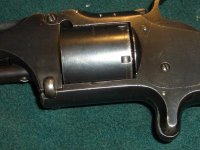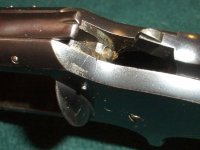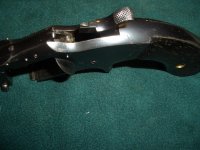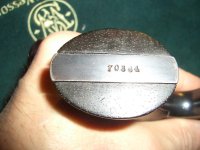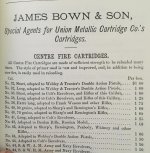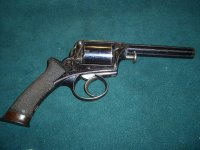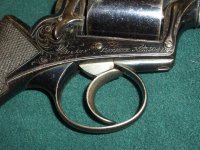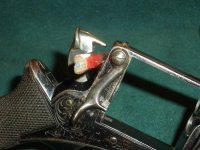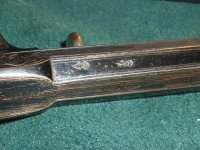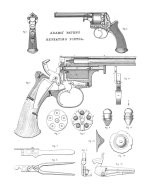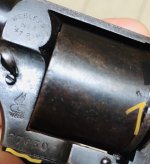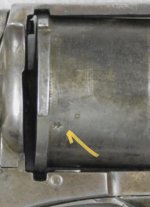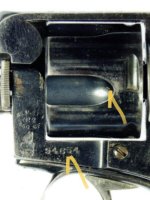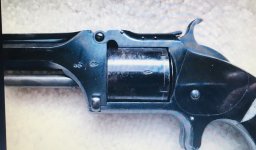Hello
I am new in this forum and from Europe, Austria. Please forgive my bad english. I collect also S&W guns. I have two SW model 2 Army. Last year I got one with a centerfire ignition. It looks like very professional. By talking with other collectors one told me SW produced a small couple of mod. 2 for Germany, because their was some people they are selfreloading centerfire ammunition. Does anybody know something about this case.
Reloading and shooting works good with .320 cartridges and blackpowder.
I am new in this forum and from Europe, Austria. Please forgive my bad english. I collect also S&W guns. I have two SW model 2 Army. Last year I got one with a centerfire ignition. It looks like very professional. By talking with other collectors one told me SW produced a small couple of mod. 2 for Germany, because their was some people they are selfreloading centerfire ammunition. Does anybody know something about this case.
Reloading and shooting works good with .320 cartridges and blackpowder.


